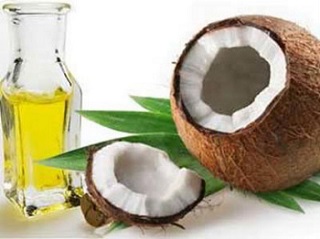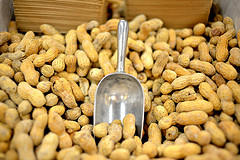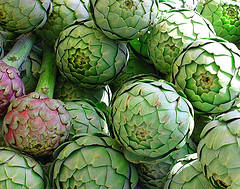You might feel like you simply can’t function without your morning coffee, but that boost of caffeine may be doing you more harm than good. Caffeine addiction causes you to rely on drinking coffee, soda, and energy drinks throughout the day, and it is also proven to contribute to stress and anxiety. If you want to cut back on the amount of caffeine you consume per day, these simple tips will make it easier.
- Examine your intake. Studies show that 200 milligrams of caffeine or less is a healthy amount for the average adult to consume per day. This translates to about two strong cups of coffee, so this is an easy way to decipher how much you need to limit yourself. If you can’t make it through the workday without that third cup in the afternoon, that’s a good place to start.
- Gradually cut back. Quitting caffeine cold turkey is just as painful as quitting any other bad habit. To prevent headaches, grogginess, and other signs of caffeine withdrawal, mix your usual coffee with a bit more decaf every day, or work your way down to just two cups of coffee instead of your usual amount.
- Be smart about caffeine. Once you know that you can only have two cups per day, you should choose when to drink them wisely. If you feel most tired early in the morning and around 2 p.m., plan on drinking your cup of joe about an hour before those times.
Easy Ways to Reduce Caffeine Intake [U.S. News]
How to Lower Your Caffeine Intake Without Headaches [Fitday]
10 Ways to Start Your Day Without Caffeine [Everyday Health]
Caffeine [McKinley Health Center]




 Equal Housing Opportunity
Equal Housing Opportunity